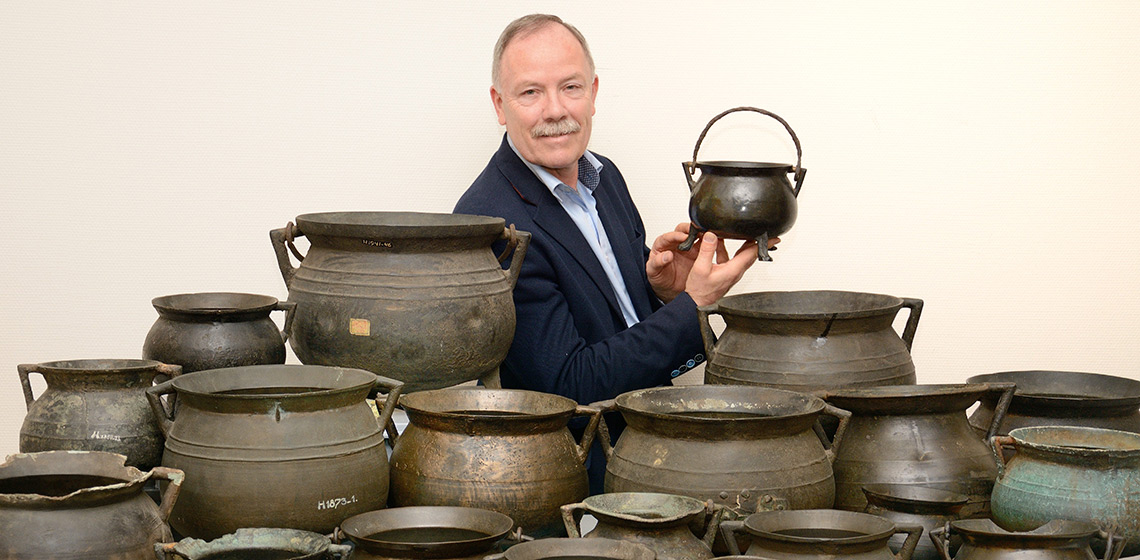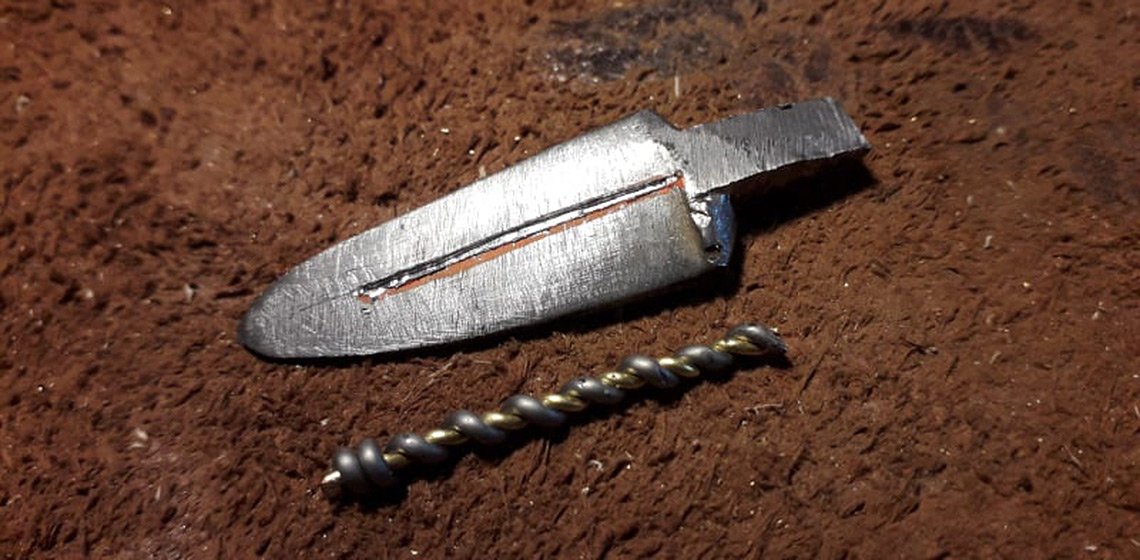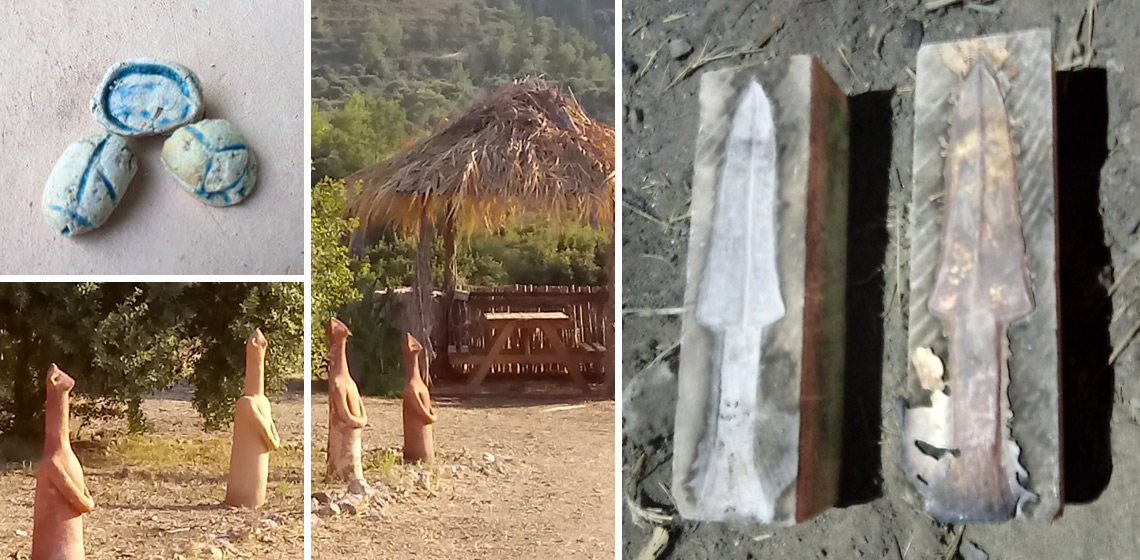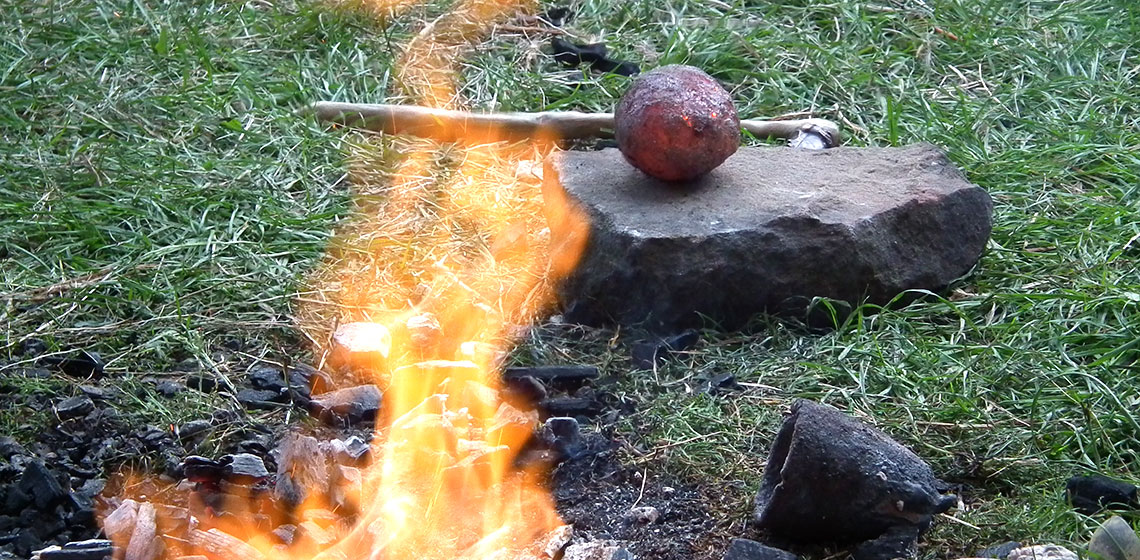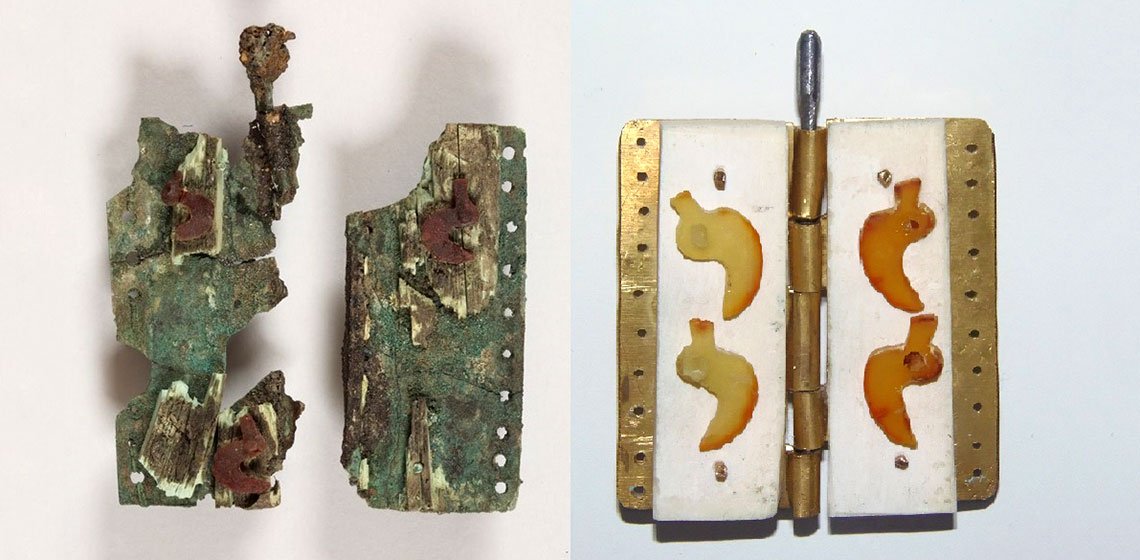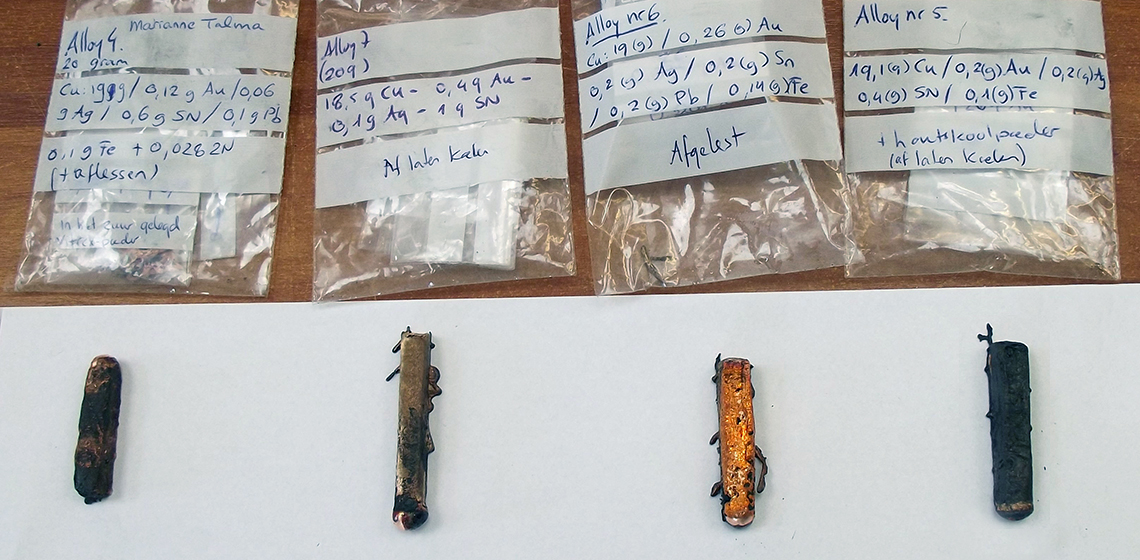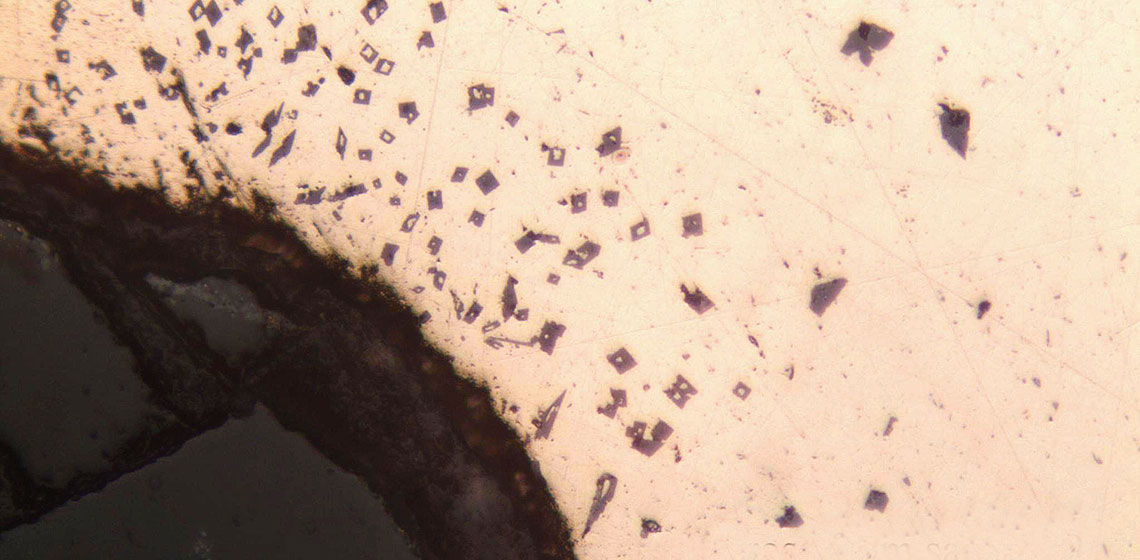bronze
Experimental Roman Minting: Casting Silver-Copper Alloys into a Bronze Mould
Replica of the Knife 2165 found in Flixborough a Late Anglo-Saxon Period Knife with an Inlay of Twisted Bronze and Silver Wires
Conference Review: The Third Annual Vounous Symposium
Event Review: Third Annual Bronze Casting Festival, Uelsen (DE)
Wives, Queens, Goddesses: Reconstructing the Outfit of a 8th-7th Century BC Picenian Woman
A Seventh Century BC Picenian Cloack Clasp Made of Iron, Bone, Bronze and Amber: Reconstruction of a Masterpiece
An Experimental Diachronic Exploration of Patination Methodology of Dark Patinated (Arsenical) Copper Alloys on Case Studies from the Eastern Mediterranean Bronze Age and Early Iron Age
Artificially dark patinated copper alloys appear in various times and regions and are commonly applied in prestigious polychrome metallic objects. Currently, the earliest finds known are from ca. 2000 BC in Egypt (See Fig. 1) and Palestine (See Fig. 2), followed by ca. 1500 BC in Greece and Cyprus (See Fig. 3 and 4) and again during the Roman period from ca. the late 4th century BC (See Fig. 5 and 6).
